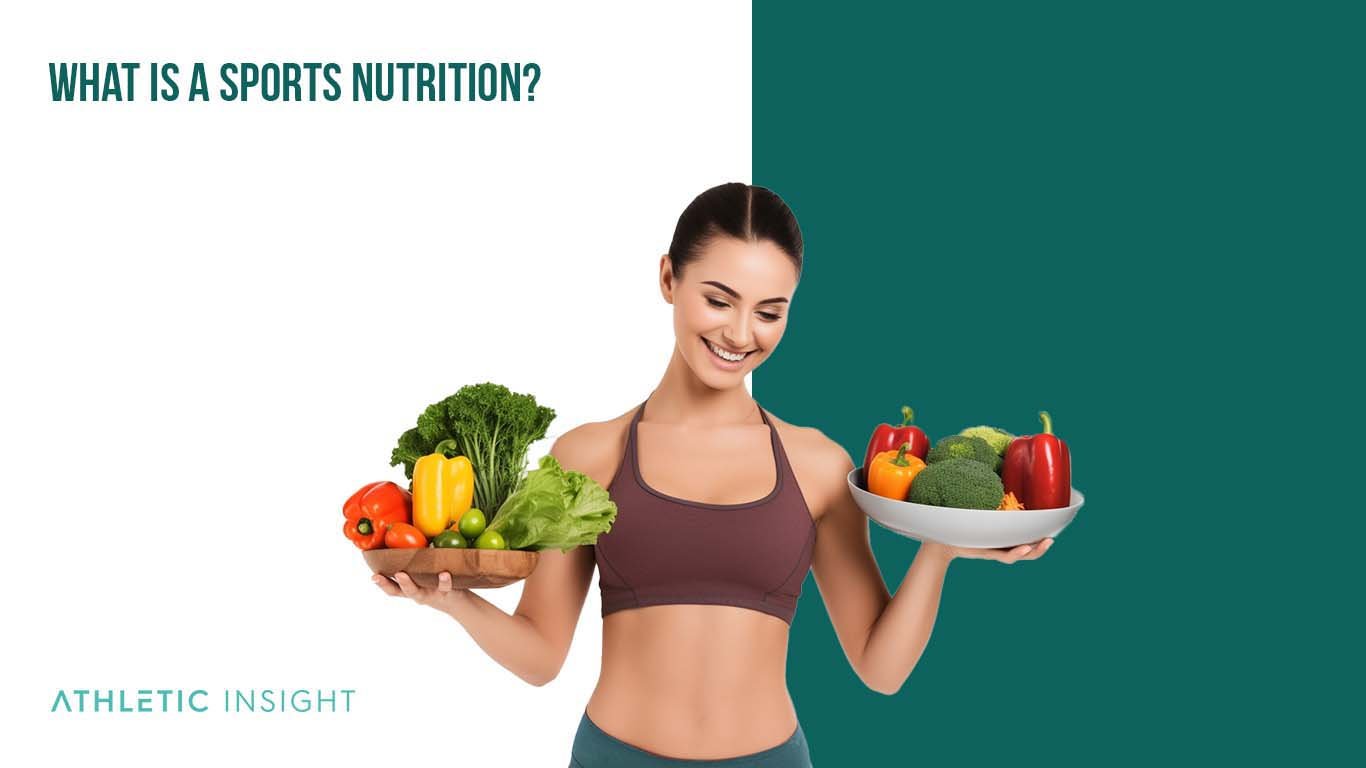International society sports nutrition
For those attempting to increase their calories, we suggest consuming small snacks between meals consisting of both a complete protein and a carbohydrate source https://seentient.com/casinos/tonybet/. This contention is supported by research from Paddon-Jones et al. that used a 28-day bed rest model. These researchers compared three 850-cal mixed macronutrient meals to three 850-cal meals combined with three 180-cal amino acid-carbohydrate snacks between meals. Results demonstrated that subjects, who also consumed the small snacks, experienced a 23% increase in muscle protein fractional synthesis and successful maintenance of strength throughout the bed rest trial. Additionally, using a protein distribution pattern of 20–25 g doses every three hours in response to a single bout of lower body resistance exercise appears to promote the greatest increase in MPS rates and phosphorylation of key intramuscular proteins linked to muscle hypertrophy . Finally, in a series of experiments, Arciero and colleagues employed a protein pacing strategy involving equitable distribution of effective doses of protein (4–6 meals/day of 20–40 g per meal) alone and combined with multicomponent exercise training. Using this approach, their results consistently demonstrate positive changes in body composition and physical performance outcomes in both lean and overweight/obese populations . This simple addition could provide benefits for individuals looking to increase muscle mass and improve body composition in general while also striving to maintain or improve health and performance.
Herda AA, Herda TJ, Costa PB, Ryan ED, Stout JR, Cramer JT. Muscle performance, size, and safety responses after eight weeks of resistance training and protein supplementation: a randomized, double-blinded, placebo-controlled clinical trial. J Strength Cond Res. 2013;27:3091–100.
Hulmi JJ, Kovanen V, Selanne H, Kraemer WJ, Hakkinen K, Mero AA. Acute and long-term effects of resistance exercise with or without protein ingestion on muscle hypertrophy and gene expression. Amino Acids. 2009;37:297–308.
More recently, Tang and colleagues investigated the effects of administering 22 g of hydrolyzed whey isolate and micellar casein (10 g of EAAs) at both rest and following a single bout of resistance training in young males. The area under the curve calculations demonstrated a 200% greater increase in leucine concentrations in the blood following whey versus casein ingestion. Moreover, these researchers reported that whey protein ingestion stimulated greater MPS at both rest and following exercise when compared to casein. Tipton et al. used an acute study design involving a single bout of lower body resistance exercise and 20-g doses of casein or whey after completing the exercise session. In comparison to the control group, both whey and casein significantly increased leucine balance, but no differences were found between the two protein sources for amino acid uptake and muscle protein balance. Additional research has also demonstrated that 10 weeks of whey protein supplementation in trained bodybuilders resulted in greater gains in lean mass (5.0 vs. 0.8 kg) and strength compared to casein . These findings suggest that the faster-digesting whey proteins may be more beneficial for skeletal muscle adaptations than the slower digesting casein.
D’lugos AC, Luden ND, Faller JM, Akers JD, Mckenzie AI, Saunders MJ. Supplemental protein during heavy cycling training and recovery impacts skeletal muscle and heart rate responses but not performance. Nutrients. 2016;8:9.
Degrees in sports nutrition
Students that are searching for degree programs in sports nutrition are encouraged to select one that is accredited by a nationally recognized accrediting agency such as the Accreditation Council for Education in Nutrition and Dietetics (ACEND). In addition, the program should prepare students to sit for the Board Certified Specialist in Sports Dietetics (CSSD).
Otago’s unique Applied Science degrees link the excitement of science and the power of technology with the challenges of business. Applied Science programs help graduates to become innovative thinkers with an entrepreneurial spirit, the very attributes successful New Zealanders are well-known for. As a graduate you’ll be in better control of your career, able to contribute to the success of any organization. And if innovation attracts you, an Applied Science degree combined with work experience will provide the right background if you decide to start your own business.

Students that are searching for degree programs in sports nutrition are encouraged to select one that is accredited by a nationally recognized accrediting agency such as the Accreditation Council for Education in Nutrition and Dietetics (ACEND). In addition, the program should prepare students to sit for the Board Certified Specialist in Sports Dietetics (CSSD).
Otago’s unique Applied Science degrees link the excitement of science and the power of technology with the challenges of business. Applied Science programs help graduates to become innovative thinkers with an entrepreneurial spirit, the very attributes successful New Zealanders are well-known for. As a graduate you’ll be in better control of your career, able to contribute to the success of any organization. And if innovation attracts you, an Applied Science degree combined with work experience will provide the right background if you decide to start your own business.
Based on the rigor and innovation of the UTampa’s program, the International Society of Sports Nutrition recognized it as the first graduate program in Florida to offer approved coursework for preparation for the CISSN examination.
The two-year Fitness and Health Promotion Ontario College Diploma program prepares you to perform the roles and responsibilities of fitness and health consultants who plan, promote, and deliver a wide variety of services. These include activity and educational programs that enhance the health, fitness, and well-being of individuals and groups in diverse settings.
Sports nutrition centers
Our registered dietitian nutritionists will help you navigate individual nutrition needs to meet the demands of training to boost performance and recovery. We will provide a unique nutritional assessment to create a realistic, customized plan for long-term success. We can provide the tools to help individuals involved with:
When you’re an athlete racking up miles and muscle, your body needs extra fuel to keep up with the amount of exercise you’re doing and help speed up recovery. That’s what makes sports nutrition so important — it offers you a path to making sure you’re getting all the nutrients you need, even as you sweat.
Most insurance companies will cover nutrition counseling, and often the coverage is at 100%. Additional tools such as the meal planner, fitness app, and tracking app are not covered by insurance but are FSA and HSA eligible.

Our registered dietitian nutritionists will help you navigate individual nutrition needs to meet the demands of training to boost performance and recovery. We will provide a unique nutritional assessment to create a realistic, customized plan for long-term success. We can provide the tools to help individuals involved with:
When you’re an athlete racking up miles and muscle, your body needs extra fuel to keep up with the amount of exercise you’re doing and help speed up recovery. That’s what makes sports nutrition so important — it offers you a path to making sure you’re getting all the nutrients you need, even as you sweat.
Most insurance companies will cover nutrition counseling, and often the coverage is at 100%. Additional tools such as the meal planner, fitness app, and tracking app are not covered by insurance but are FSA and HSA eligible.
